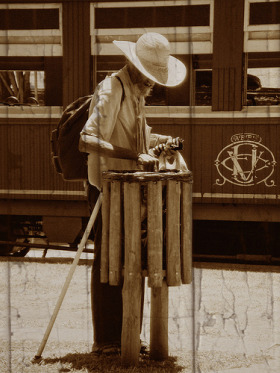
Photo: unojofuerte
If you’re planning on working or volunteering in the fields of human rights, development, education or politics in the region, Spanish will get you by, but nothing will open doors like acquaintance with the local indigenous dialect. Many of these languages involve a way of thinking and looking at the world vastly different from that of Spanish, and an inadequate understanding of these differences necessarily inhibits communication.

